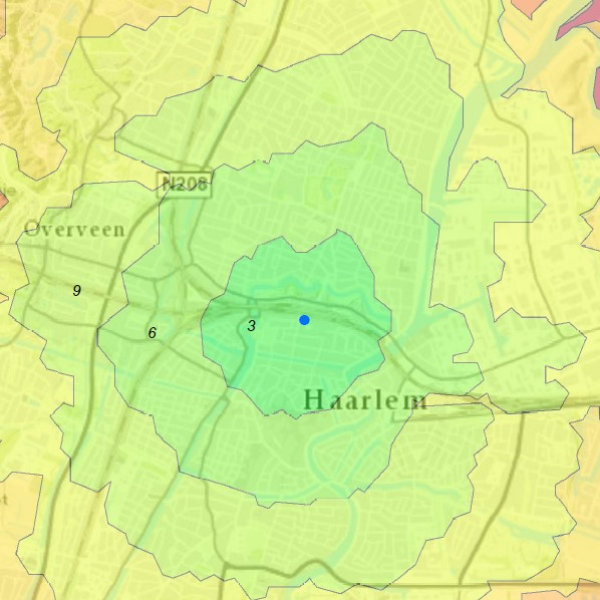Bicycle Traffic Monitor helps setting priorities in bicycle policy

Bicycle Traffic Monitor helps setting priorities in bicycle policy
'Cycling data is very valuable to get away from gut feeling when optimising urban cycling networks,' says Sander Veenstra, traffic engineer and urban mobility project engineer.
'Cycling data is very valuable to get away from gut feeling when optimising urban cycling networks,' says Sander Veenstra, traffic engineer and urban mobility project engineer.
'And this is easier than most people think. By unlocking, combining and analysing public data, you as a city, municipality or province can get a grip on the extent of bicycle flows and the quality of your cycling infrastructure. And that does not have to be a time-consuming process.
The Netherlands is in the middle of a mobility transition, in which we want to make more room for walking and cycling as sustainable modes of transport, according to the STOMP philosophy. At the same time, space in urban areas is scarce.
With our Bicycle Monitor, we can quickly generate data-driven insights. Adding location- and/or project-specific sources to the public data sources, such as traffic counts or surveys, creates the customisation for deeper analyses and simulations.
This kind of data analysis makes it possible to map existing situations in an objective way. And also to simulate and compare potential traffic measures with a numerical justification. Valuable information that can serve as a foundation for policy or design. So that, as a province, municipality or city, you make better-founded choices.
Bicycle Traffic Monitor

More information?
Sander, a traffic data scientist, is the Bicycle Traffic Monitor's inventor, developer and product owner.
